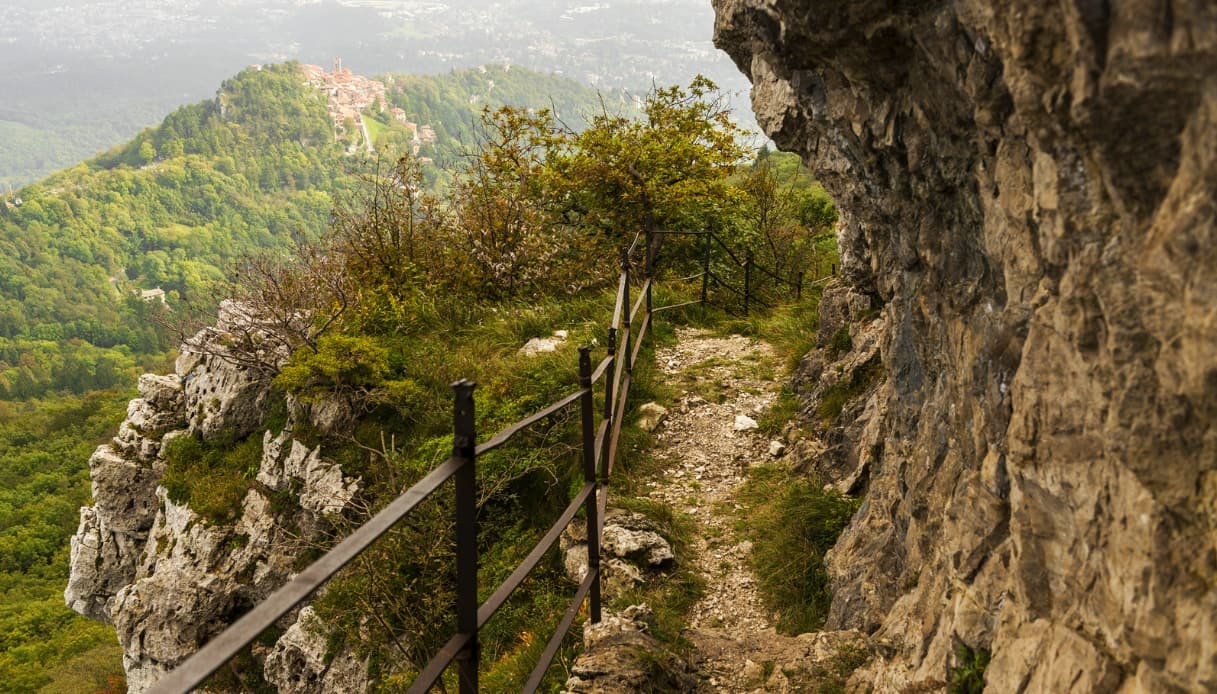On foot or by bike, this pilgrimage route stretches for 135km among art, nature, and spirituality
Discovering Italy’s history and territory on foot or by bike allows visitors to explore and experience them at one’s own pace. The Via Francisca del Lucomagno is one of the great Italian paths that, like the Via Francigena, are born as pilgrimage routes. This one, which is 135 km long, crosses Lombardy from the Swiss border to Pavia. However, it is only the Italian stretch of the Via Francisca del Lucomagno because the original route starts in Germany, 375 km before entering the Belpaese. Crossing the border with Switzerland in Lavena Ponte Tresa, the path, in eight stretches, reaches the tomb of Saint Augustine in the basilica of San Pietro in Ciel d’oro in Pavia. There, it joins the Via Francigena, offering pilgrims the opportunity to continue their journey to Rome, the Eternal City.
The Via Francisca del Lucomagno is one of the great Italian paths that, like the Via Francigena, are born as pilgrimage routes
Perfect as a weekend trip or as a trip of several days, it is a green line that crosses Lombardy through five parks (Argentera, Campo dei Fiori, Medio Olona, Altomilanese, and Valle del Ticino). However, on the way, visitors touch places imbued with great faith, as to be expected for a pilgrimage route. Two of these, the suggestive Sacro Monte of Varese and the monastery of Torba are UNESCO sites. Nevertheless, the abbey of Ganna, the monastery of Cairate, the abbey of Morimondo, and, last but not least, the basilica of San Pietro in Ciel d’Oro are incredible places to visit. All of the above, with the constant element of water: lakes, rivers, canals, and canals that enrich the scenery and the beauty of the landscape.
Recently the Via Francisca has been at the center of a project of appreciation developed by 59 between organizations and institutions with the collaboration of the Lombardy Region and the provinces involved.
The project has seen the mapping of the entire route, the placement of over a thousand markers, and the creation of a network of accommodation with more than 600 beds. Moreover, the route now has its purposely developed app and an official guide, written by Marco Giovannelli and Alberto Conte for Terre di Mezzo Editore.
Ilona Catani Scarlett

